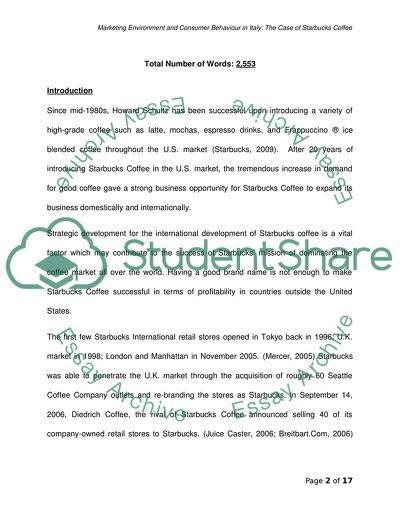Cite this document
(“-Marketing Environment/Consumer Behavior in Italy (International Term Paper”, n.d.)
-Marketing Environment/Consumer Behavior in Italy (International Term Paper. Retrieved from https://studentshare.org/miscellaneous/1551207-marketing-environmentconsumer-behavior-in-italy-international-business
-Marketing Environment/Consumer Behavior in Italy (International Term Paper. Retrieved from https://studentshare.org/miscellaneous/1551207-marketing-environmentconsumer-behavior-in-italy-international-business
(-Marketing Environment/Consumer Behavior in Italy (International Term Paper)
-Marketing Environment/Consumer Behavior in Italy (International Term Paper. https://studentshare.org/miscellaneous/1551207-marketing-environmentconsumer-behavior-in-italy-international-business.
-Marketing Environment/Consumer Behavior in Italy (International Term Paper. https://studentshare.org/miscellaneous/1551207-marketing-environmentconsumer-behavior-in-italy-international-business.
“-Marketing Environment/Consumer Behavior in Italy (International Term Paper”, n.d. https://studentshare.org/miscellaneous/1551207-marketing-environmentconsumer-behavior-in-italy-international-business.


